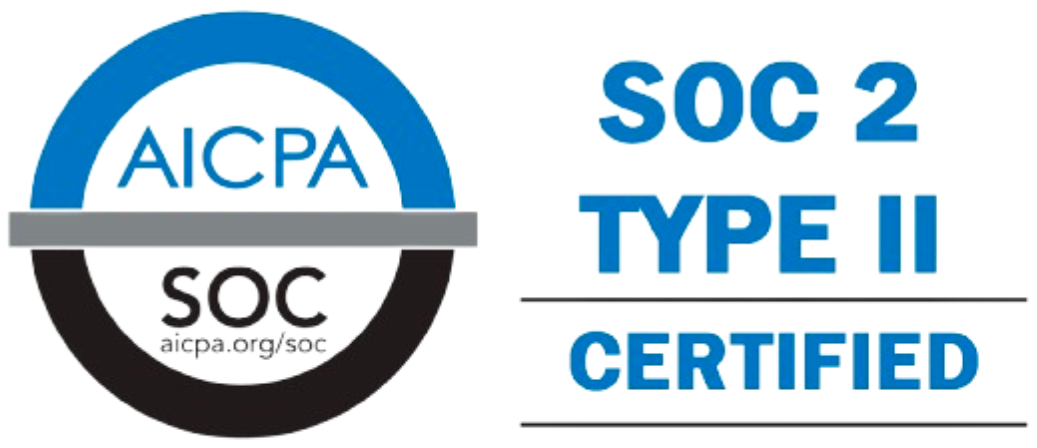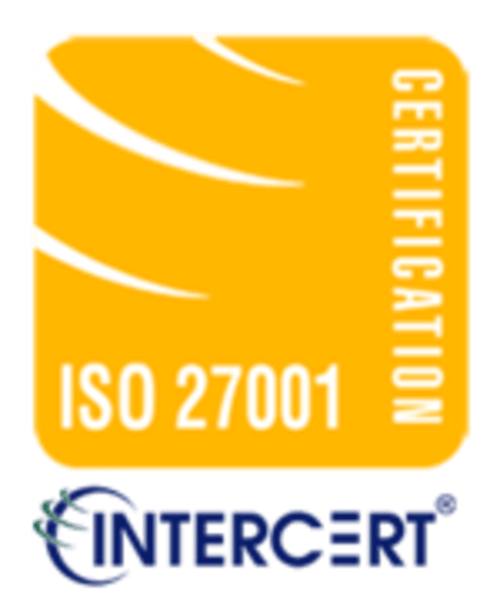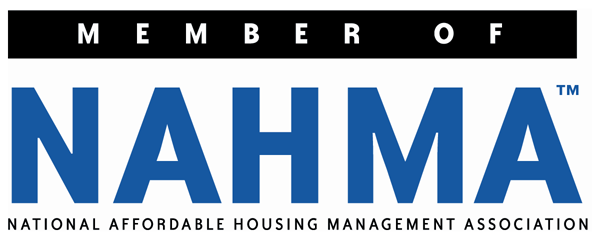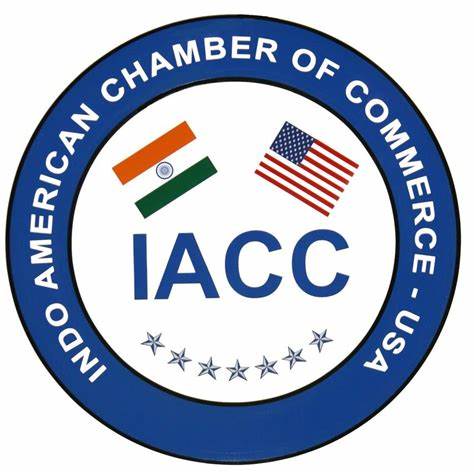
Best Strategic Entity Management Practices for Your Company
- April 25, 2019
- admin@ohi

With the tremendous growth of the business structures, the management of these different businesses effectively has also become very complicated. Many corporations create separate entities. In order to achieve business goals, risk management of assets and regular regulatory compliance.
The problems of cyber hacking, higher regulatory burdens and reputation risk have recently increased in the market. To tackle these problems and to avoid mistakes, corporations set up subsidiaries in different countries known as entities.
The parent company of these subsidiaries remains the same, but their management falls under the preview of these entity management services. Setting up entities helps in getting tax incentive by the corporation as different jurisdictions have different corporate taxes. This process also helps in saving tie, taxes, avoiding mistakes and proper risk management so that the corporation as a whole is able to achieve its business goal.
But if the entities are not managed effectively, then it is difficult to survive in this ever-evolving global economy. Here are the best practices of strategic entity management for your company to get on top of your field.
Your directors should have the skills and expertise in their field so that the responsibilities can be shared and any conflict of interest can be avoided. When the entities are spread across the globe and fall in a different jurisdiction, then the complexity of the Corporation is increased ten-fold. The directors must exercise their duties with independent judgement, care and by avoiding any conflicts of interest.
Directors should be given continuous training on their responsibilities, governance tasks. Apart from that, there should be clear and appropriate communication among directors, stakeholders, employees and shareholders.
Your corporate secretary plays a key role in the process of entity management. The role and responsibilities of the corporate secretary stretch way beyond the traditional record-keeping role and play the role of custodian of corporate governance. Despite the different statutory duties by jurisdiction, corporate secretaries assist the directors in their responsibilities and give them additional support and training.
The major responsibilities of corporate secretaries include Board development, stakeholder communication, supporting the chairman, reporting and follow-up, managing agendas and data presentations, documenting, and maintaining governance. If your corporate secretary is empowered, then your company runs smoothly without any compliance hitches, and your overall goals are achieved efficiently.
A workable framework is important for the effective governance of the entity. Since many organizations have hundreds of subsidiaries spread across the world, then all the employees should be able to access the vital information, irrespective of their location and time-zone. The information which is relevant for their function and falls in their area should be accessible to them at all times. The framework of the company should be constructed keeping in mind, every single detail.
An effective governance framework begins at the top level in which the business goals are set, proper documentation is obtained, and then the objectives are communicated to all the stakeholders and the employees across the corporation including all the entities.
To be effective and to gain the best outputs, the framework should be embedded in the organizational structure. Regular training of the directors and personal is important for achieving the responsibilities in time and moving the company forward.
If your compliance, regulatory filing and record-keeping are decentralized then it will lead to chaos and disorganization. Your business growth will be slowed down if you miss the statutory deadlines, ignore compliance and do not keep the record-keeping books up-to-date.
So, it is advisable to centralize all the compliance, regulatory filings, record-keeping in one central system. Your employees, corporate secretaries, directors and paralegals should know what work needs to be done and should have the tools to execute their business functions.
You can use technology to bring strategic entity management in your company. But it should be kept in mind, that if not leveraged properly, technology can do more harm than any good. So, before signing up for any platform with any vendor, you should assess your wants, needs and employee base accurately.
Your platform should be integrated perfectly and should meet the needs of your record-keeping, regulatory compliance, governance and should be user-friendly.
Strategic entity management system is more than just administrative oversight; it’s a critical component in ensuring a company’s compliance, governance, and operational efficiency. By adopting the best practices, businesses can navigate the complexities of global operations, mitigate risks, and foster a culture of transparency and accountability. In an increasingly interconnected and regulated business environment, having robust entity management practices is not just advisable but essential. It ensures that companies remain agile, compliant, and ready to seize new opportunities while safeguarding their reputation and assets. In sum, strategic entity management is a cornerstone of modern corporate governance, underpinning a company’s long-term viability and success.
Need Assistance in Managing and Streamline your Entity Management – Call us at 1-646-367-8976, Email at sales@outsourcinghubindia.com – CONTACT US
Contact us for a customized NO OBLIGATION proposal for outsourcing your accounting activities.







